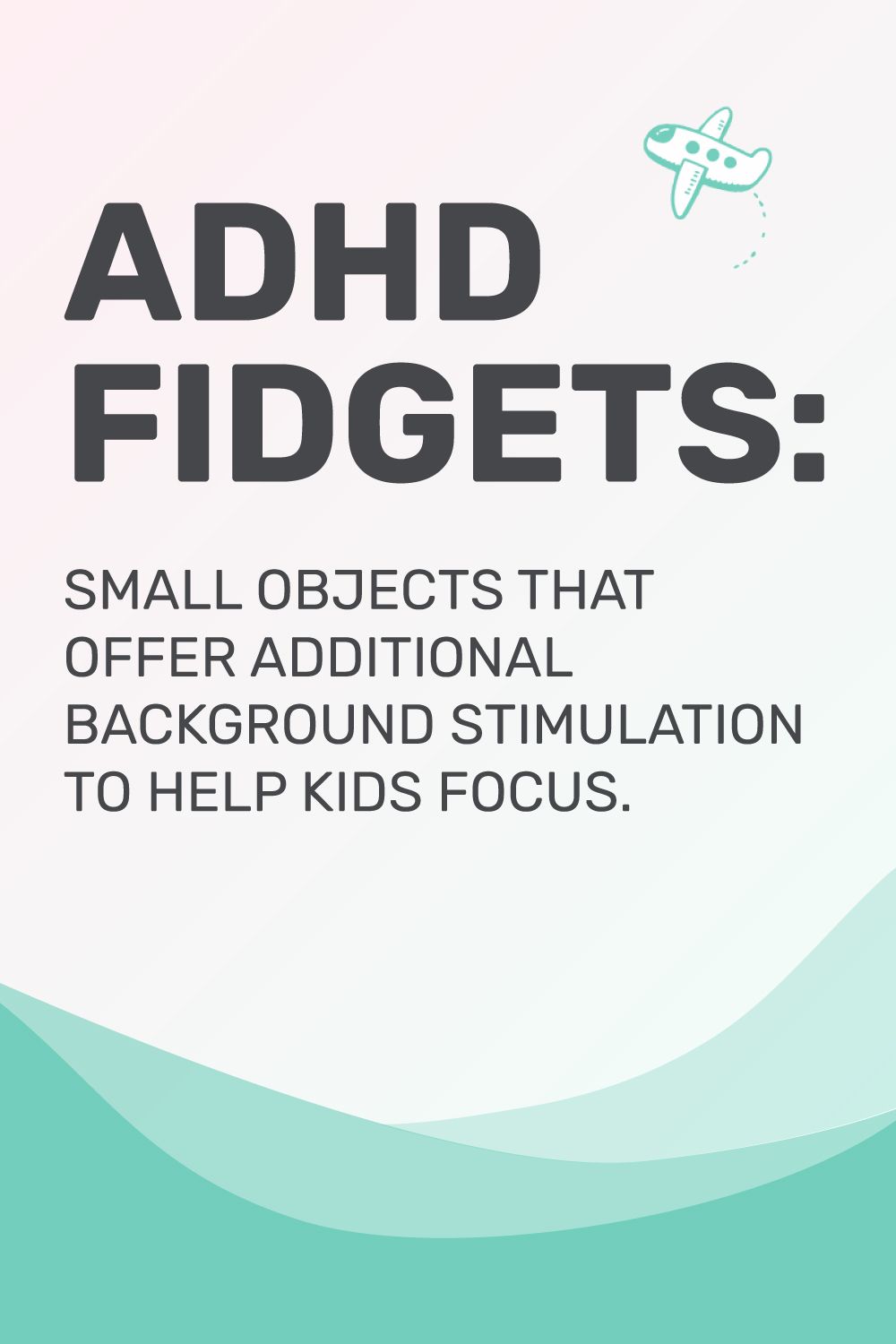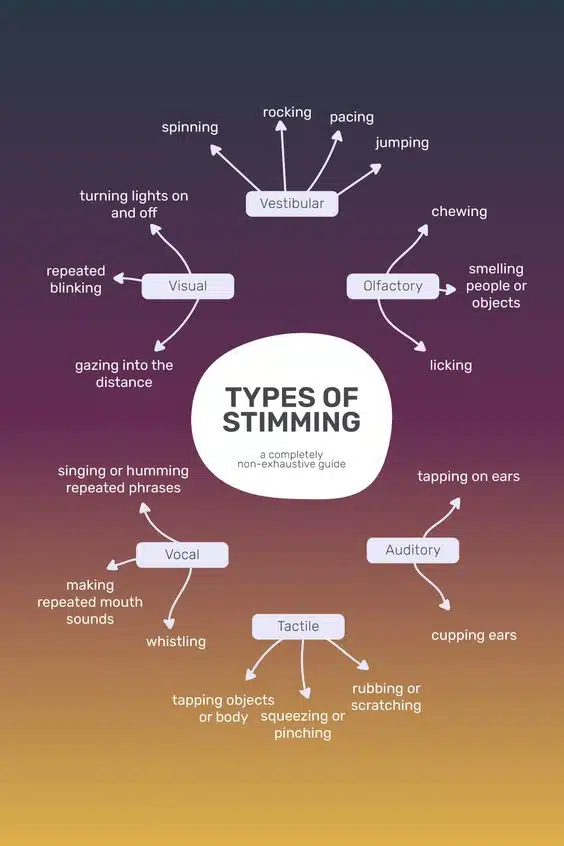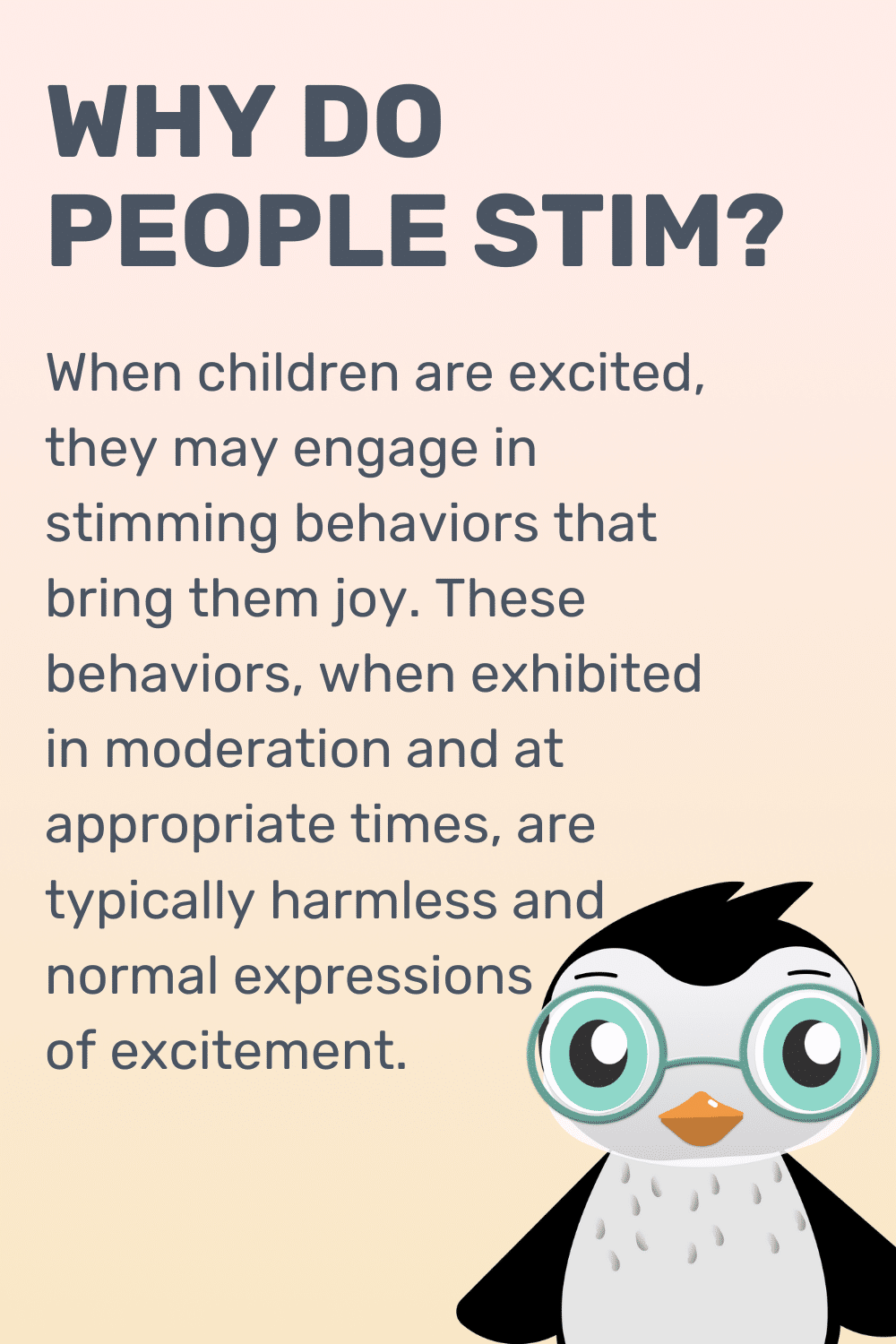If a child’s pacing is interfering with their daily life or causing distress, there are several strategies that can help:
| Create a safe space |
Designate an area where the child can pace freely without judgment or interruption. |
| Offer alternative activities |
Introduce engaging tasks that provide similar sensory input, such as rocking in a chair or using a fidget toy. |
| Teach coping skills |
Help the child learn other ways to manage stress and anxiety, like deep breathing or visualization. |
With the right support and understanding, kids with autism can learn to manage their pacing and find other ways to feel calm and focused. While pacing may always be a part of their lives, it doesn’t have to hold them back from reaching their full potential.















